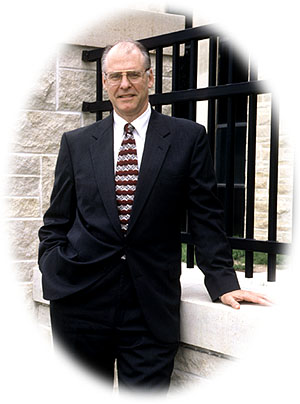A shortage of veterinarians who treat farm animals is, according to USA Today, stressing the nation’s food inspection system, prompting the federal government to offer bonuses and moving expenses to fill hundreds of vacancies.
There is a severe shortage of veterinarians who treat farm animals or work as government inspectors. The scarcity is most severe in the USA’s Farm Belt, the lightly populated rural areas in the Midwest that produce much of the nation’s meat.
Gregory Hammer, president of the American Veterinary Medical Association says,"
"We’re in a crisis situation. We don’t have enough rural veterinarians to be a first line of defense against animal diseases."
The number of vets needed will grow by 22,000 by 2016, making it one of the fastest-growing professions, the Bureau of Labor Statistics reports.
The nation’s 28 veterinarian schools produce 2,500 graduates a year, a number that hasn’t changed in three decades. Baby boomer retirements — especially among farm vets — hasten the shortage.
 Ralph C. Richardson (right), dean of the College of Veterinary Medicine at Kansas State University and all-around cool guy wrote in today’s USA Today today that
Ralph C. Richardson (right), dean of the College of Veterinary Medicine at Kansas State University and all-around cool guy wrote in today’s USA Today today that
The Kansas Legislature, in concert with the veterinary college at Kansas State University, has established "The Veterinary Training Program for Rural Kansas" as a way to ensure an adequate number of veterinarians practicing in rural Kansas.
It allows a veterinary student to borrow $80,000 over a four-year period while in college. After graduation, $20,000 worth of educational debt is forgiven for every year up to four years that these new graduates practice in rural Kansas. This opportunity is granted to five KSU veterinary students every year.
The VTPRK allows new graduates to establish themselves in underserved areas without worrying about paying back large educational debts.
Kansas and Kansas State University are committed to keeping rural America thriving and to ensuring the safety of the urban food supply.
